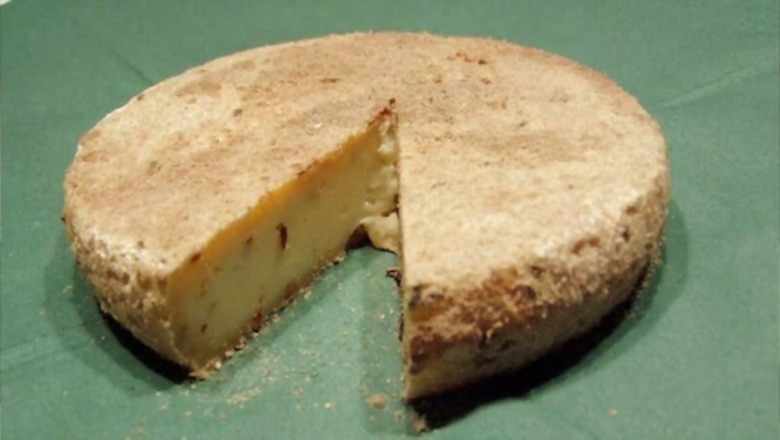
views
The world, filled with unique and wonderful culinary dishes, has many bizarre cooking processes. Of them, some are known for their health benefits. As per the Oddity Central website, there is a dish, called the Milbenkäse, a unique type of goat cheese ripened in wooden boxes infested with millions of tiny cheese mites. It is also consumed with the tiny critters for added taste. The origins of Milbenkäse can be traced back to the Middle Ages when it was produced in the Saxony-Anhalt and Thuringia regions of Germany. The tradition of cooking this cheese faded with time. By the 1970s, its recipe was nearly lost forever. An elderly woman in the village of Würchwitz was the only person in the world who knew how to make this special cheese and she passed on her knowledge to local science teacher Helmut Pöschel. He, in turn, collaborated with Christian Schmelzer. Together they managed to revitalise the production of the Milbenkäse. Milbenkäse, known as spider cheese, is considered beneficial for digestion. Today, Würchwitz is the only place in the world where Milbenkäse is still produced.
To make this special cheese, cheesemakers start by seasoning small balls of quark with salt caraway and elderflower. Quark is a dairy product made by warming soured milk until it curdles, then straining it. The makers then place them in large wooden crates, cover them in a thick layer of millions of live mites and let them cure the cheese for three months to a year. An enzyme in the digestive juices excreted by these mites causes the cheese to ripen, giving it a strong, unpleasant ammonia smell. It, however, also gives a nutty flavour with a pleasant and somewhat spicy aftertaste. Interestingly, the mite-infested cheese rind is also consumed with the cheese.
The Tyrophagus casei mites that infest Milbenkäse are regularly fed rye flour throughout the ripening process. It is because they would otherwise consume the whole piece of cheese, instead of nibbling at the rind and curing it. After about a month, the rind starts to turn yellow. After three months, it becomes brown, but some producers let it cure for a week when the rind is black.


















Comments
0 comment